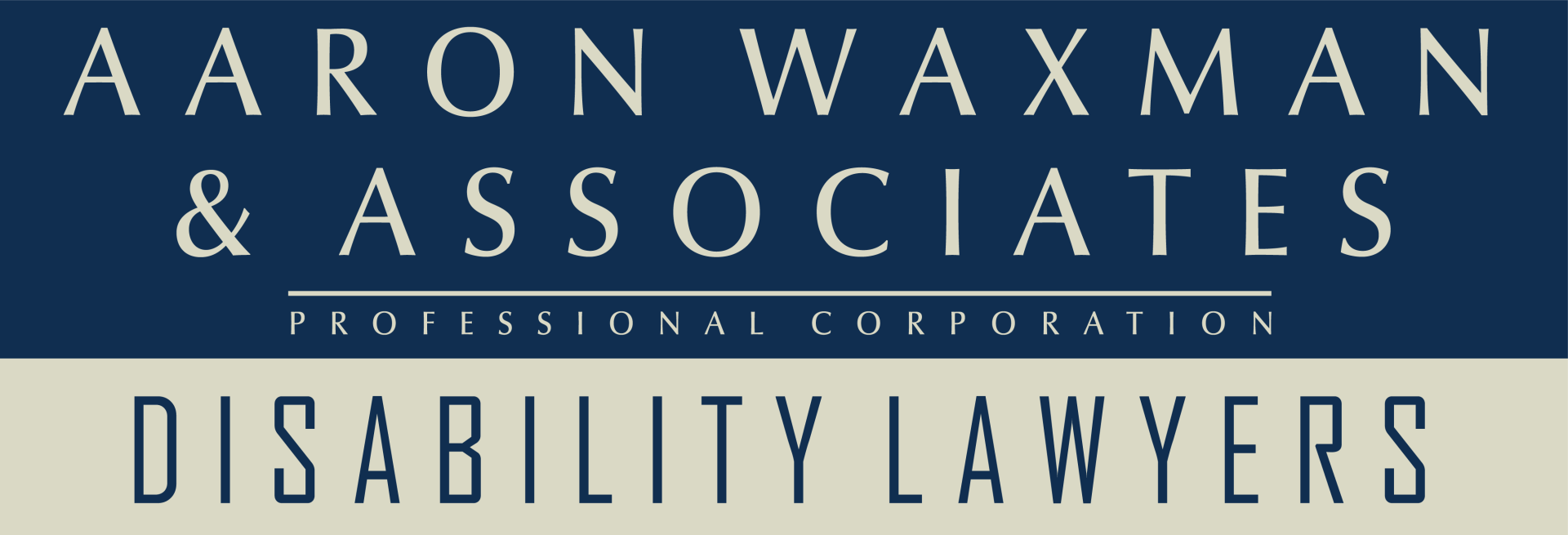An Employment Lawyer Explains the Key Differences Between a Temporary Layoff and a Termination in Ontario?
Understanding your employment rights in Ontario can be complicated, especially when it comes to distinguishing between a temporary layoff and a termination. Whether you're an employee facing uncertain job status or someone recently let go, knowing the legal implications of each situation is crucial. In this blog, we break down the key differences, your rights, and how an
employment lawyer can help you navigate the process.
What Is a Temporary Layoff?
A temporary layoff happens when your employer pauses your work, but doesn't end the employment relationship. Under Ontario’s Employment Standards Act (ESA), a temporary layoff may be legal under certain conditions:
- It lasts 13 weeks or less in any 20-week period; or
- It lasts more than 13 weeks but less than 35 weeks in a 52-week period if the employer continues some benefits, such as health insurance, pension contributions, or offers substantial recall rights.
However, this legal allowance does not automatically give employers the right to lay you off. If your employment contract doesn’t include a clause allowing for temporary layoffs, putting you on one could be considered constructive dismissal. This means that you may be entitled to compensation.
What Is a Termination?
A termination is when your employer ends your job permanently. This can be:
- Without cause, typically due to restructuring or cost-cutting
- With cause, when the employer alleges serious misconduct
If you're terminated without cause, your employer must usually provide:
- Reasonable notice or termination pay in lieu of notice
- Possible severance pay, depending on your length of service and the size of the employer’s payroll
Unlike layoffs, termination is final and triggers specific legal obligations on the employer’s part.
Key Differences You Need to Know
Here are the primary differences between a temporary layoff and a termination in Ontario:
- Employment status: During a layoff, you're still technically employed. A termination ends your employment completely.
- Pay and benefits: Temporary layoffs often come without pay, but benefits might continue if the layoff extends past 13 weeks. Terminations require compensation, such as notice or severance pay.
- Duration: Layoffs are time-limited under the ESA (up to 13 or 35 weeks). Anything beyond that is automatically considered a termination.
- Consent: If your contract doesn’t mention layoffs, you may have grounds for a wrongful dismissal claim.
- Legal implications: A layoff that doesn’t meet ESA conditions or lacks employee agreement could be challenged legally.
When a Layoff Crosses the Line: Tips from Wrongful Dismissal Lawyers
Ontario courts have repeatedly held that unless a temporary layoff is explicitly allowed in your employment agreement, your employer cannot impose it unilaterally.
You might be entitled to compensation if:
- Your employment contract does not allow for layoffs.
- Your layoff extends beyond the allowed ESA timeframe.
- You are not recalled to work within the legal period.
In these cases, what seems like a temporary pause could legally be viewed as a termination, triggering your right to notice or severance.
Your Rights Under Ontario Employment Law
If you’ve been laid off or terminated, you have rights under the ESA and common law, including:
- Notice of termination or termination pay
- Severance pay, if you qualify
- Potentially greater common law entitlements, especially for long-term employees
Navigating these rights alone can be complex. That’s why many turn to experienced employment lawyers to assess whether their rights have been violated and what compensation they might be owed.
How Can Aaron Waxman and Associates, P.C. Help?
We provide extensive services in employment law, with a strong focus on protecting employee rights. If you’re facing a layoff or termination, or if you suspect you’ve experienced wrongful dismissal, we’re here to help.
Our team of wrongful dismissal lawyers can:
- Review your employment contract and layoff conditions
- Determine whether your layoff qualifies as constructive dismissal
- Help you recover owed notice or severance pay
- Negotiate with your employer or represent you in legal proceedings
We offer free consultations — and we don’t get paid unless we recover compensation for you.
Conclusion
If you’ve recently been laid off or terminated in Ontario, don’t assume your employer followed the law. Temporary layoffs may seem routine, but without the proper legal basis, you could be entitled to some compensation.
Contact Aaron Waxman and Associates, P.C. today for a free consultation with an experienced employment lawyer. Your future and financial security may depend on it.
We offer a free initial consultation that can be arranged at a date and time of your choosing and at your convenience.
Recent posts from our Knowledge Centre
- This blog is for informational purposes only and is not meant to substitute legal advice. Please read our disclaimer for further information.
- All of our lawyers are licensed by The Law Society of Upper Canada
- Office in Toronto and able to represent people in the province of Ontario










